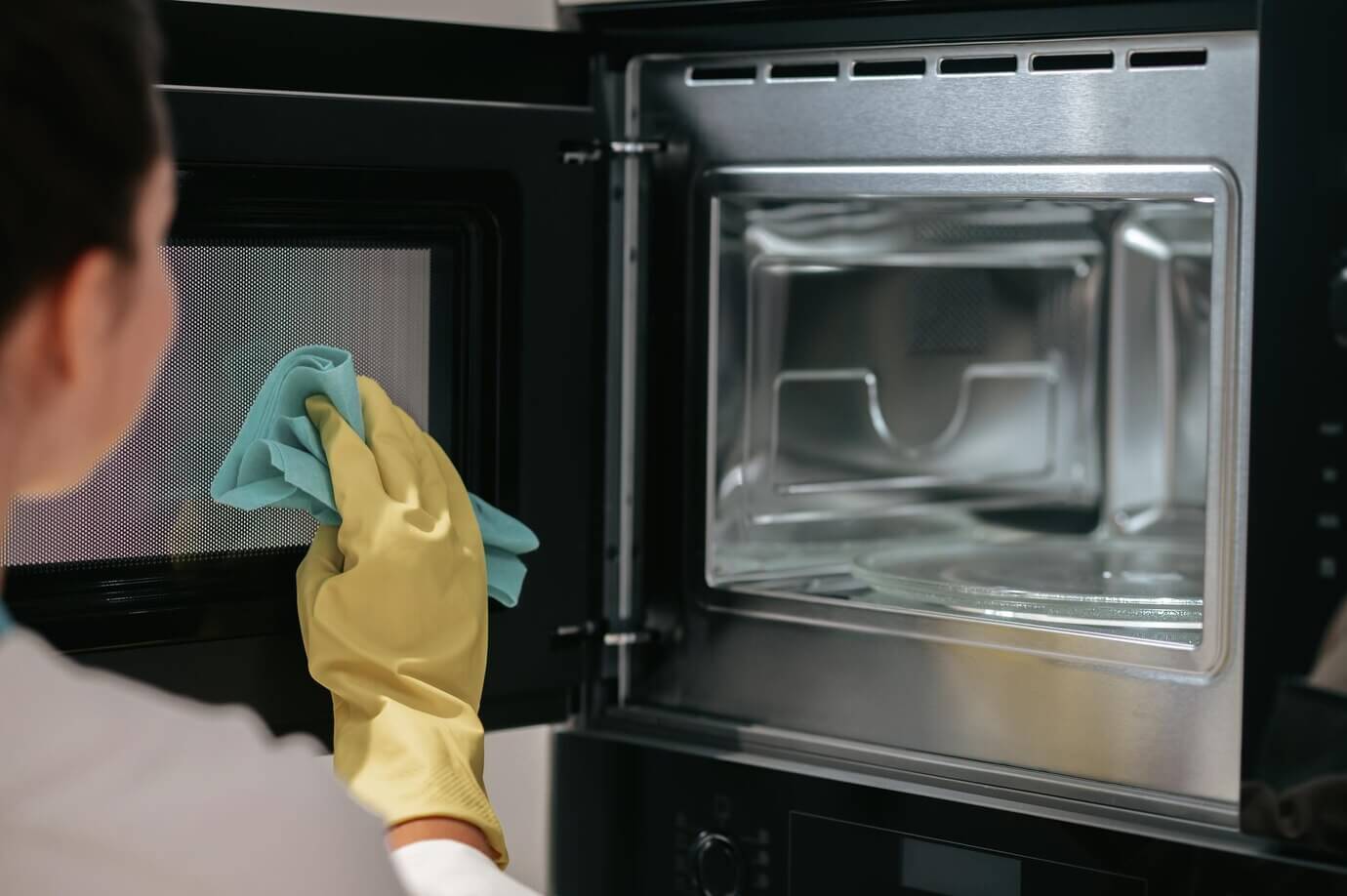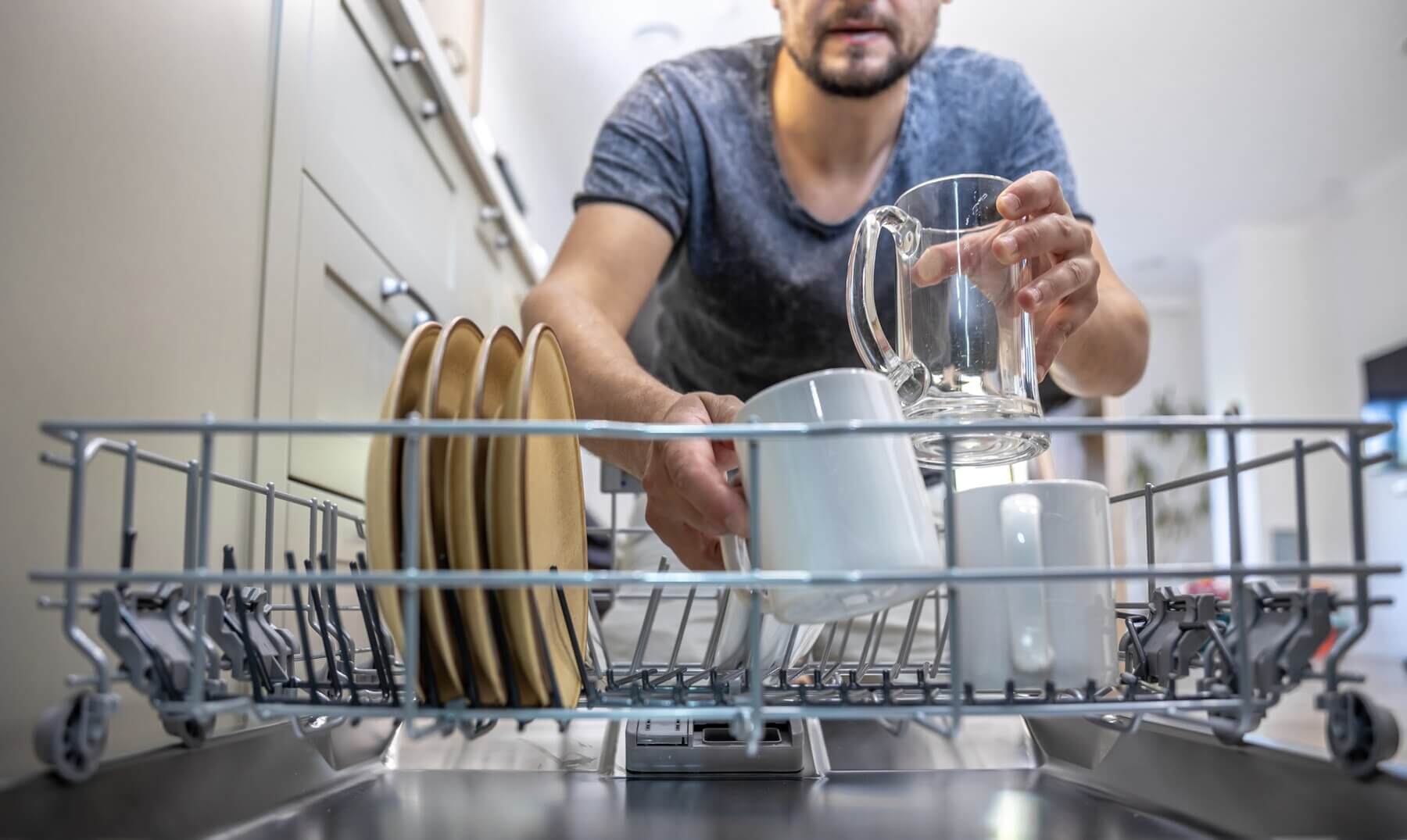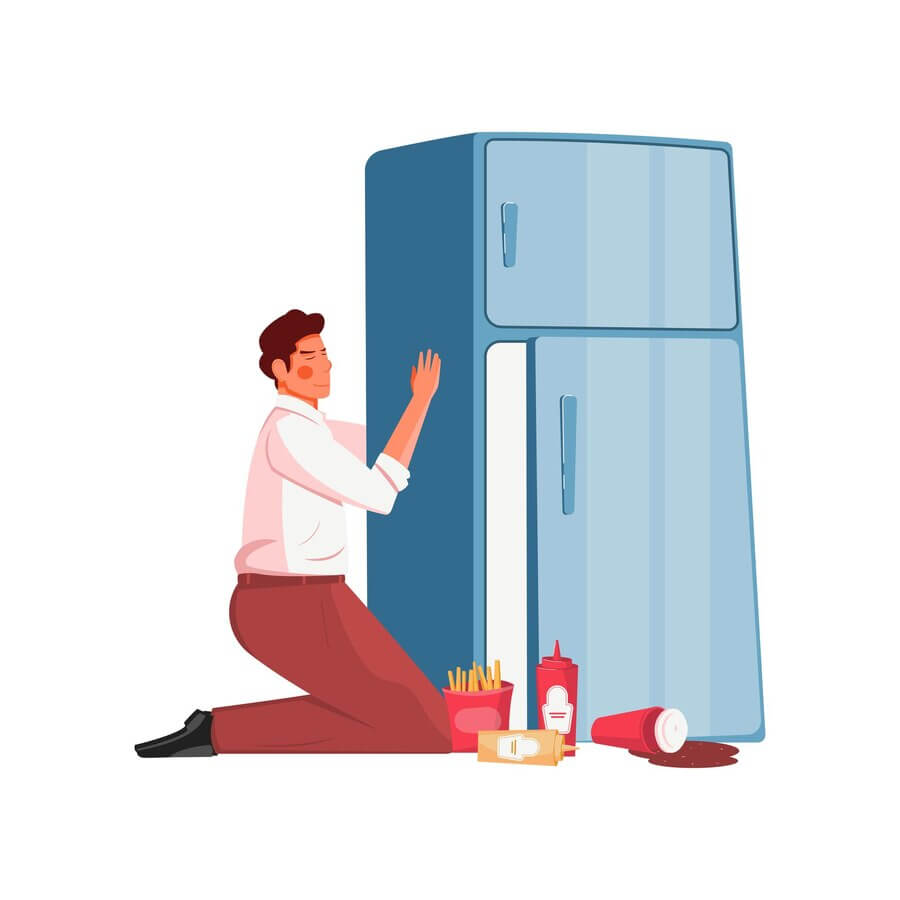Gas ranges – the unsung heroes of our kitchens, transforming raw ingredients into culinary masterpieces. Whether you’re a culinary maestro or a weekend warrior in the kitchen, your gas range plays a crucial role. Now, imagine the heartbreak if your trusty cooking companion were to sputter out prematurely. Fear not, for in this guide, we’re delving deep into the realm of gas range maintenance, exploring the secret sauce to extend its lifespan and keep the flames dancing merrily.
Why Gas Range Maintenance Matters
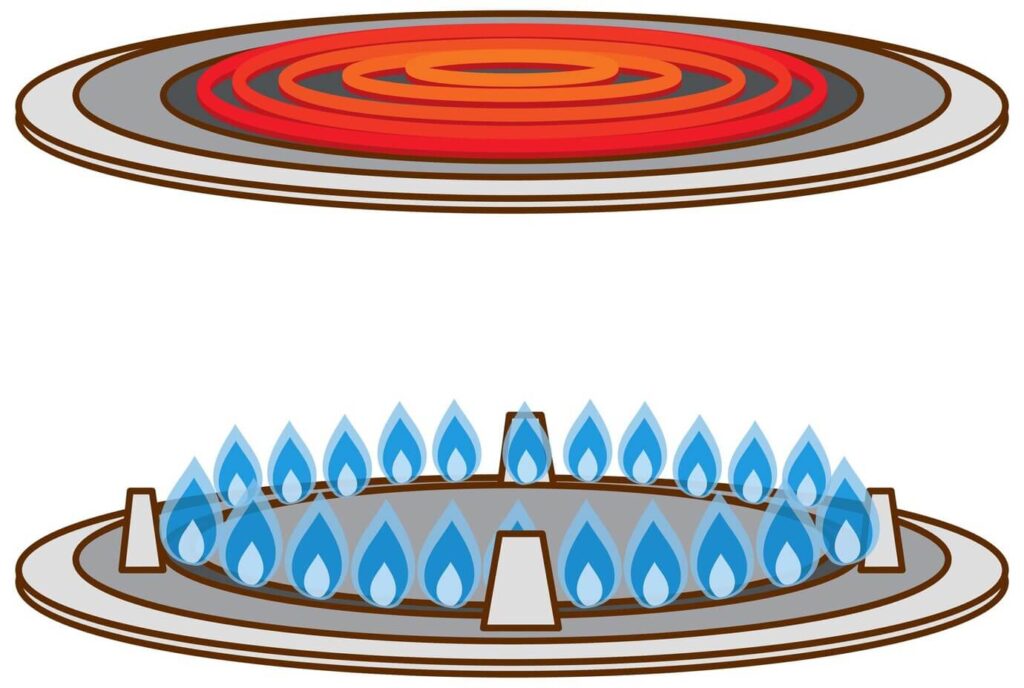
Maintaining your gas range isn’t just about vanity or kitchen aesthetics. It’s about practicality, efficiency, and the longevity of your beloved appliance. Think about it – Brooklyn, New York kitchens are bustling with diverse cuisines, from classic bagels to artisanal pizzas. Your gas range is at the forefront of this culinary symphony, and giving it the TLC it deserves ensures a seamless cooking experience.
So, what’s in it for you? Beyond avoiding untimely breakdowns, a well-maintained gas range operates more efficiently. It’s not just about the dollars you save on repairs; it’s about the energy efficiency translating to a lighter load on your wallet and the environment.
Getting to Know Your Kitchen Workhorse
Before we embark on this maintenance journey, let’s take a moment to understand the anatomy of a gas range. It’s not just a knob and a flame – there’s a method to this madness.
- Burners and Grates:
- The workhorses that turn raw heat into culinary delight.
- Over time, these accumulate food debris and grease, affecting performance.
- Oven Interior:
- The cozy chamber where magic happens.
- Spills and stains can turn into stubborn, burnt-on messes if ignored.
- Vent Hood:
- The unsung hero that keeps your kitchen smoke-free.
- Filters need cleaning or replacing to maintain peak efficiency.
Understanding these components is like knowing the players on your favorite sports team – each has a role, and keeping them in top shape ensures a winning performance.
The Dance of Regular Cleaning and Maintenance
Cleaning might not be everyone’s favorite pastime, but your gas range demands it. Think of it as the necessary chore to keep the kitchen engine purring like a content cat. But hey, we’re not talking about scrubbing till your arms ache – it’s more of a strategic cleanup mission.
Cleaning the Burners and Grates
Ever noticed uneven flames or weird hissing sounds? It might be your burners crying out for attention. Here’s the lowdown:
- Removing Food Debris and Grease:
- Q: What’s the quickest way to upset your gas range?
- A: Letting last night’s spaghetti sauce crust over your burners.
- Clean these regularly using warm, soapy water and a good scrub brush.
- Using Appropriate Cleaning Agents:
- Q: What’s the secret sauce to spotless burners?
- A: Mix baking soda with water into a paste, apply, and let the fizz do the work.
- Avoid harsh chemicals that can damage your burner grates.
Cleaning the Oven Interior
The oven – the enigmatic cavern where casseroles become legends. Keep it pristine with these tricks:
- Removing Spills and Stains:
- Q: What’s worse than a dragon in your oven?
- A: A pizza spill turned into a charcoal crust.
- Wipe spills when they happen, and for stubborn stains, a mix of baking soda and vinegar works wonders.
- Periodic Deep Cleaning:
- Q: When should you give your oven some serious love?
- A: When the smoke detector cheers for the wrong reasons.
- Schedule a deep cleaning every few months for a sparkling oven interior.
Checking and Cleaning the Vent Hood
The vent hood – keeping your kitchen odor-free since… well, since you got your gas range. But it needs care too:
- Grease Buildup Prevention:
- Q: What’s worse than a kitchen smelling like last night’s stir-fry?
- A: Realizing your vent hood can’t handle the heat.
- Wipe down the hood regularly to prevent grease buildup.
- Replacing or Cleaning Filters:
- Q: How often should you change your vent hood filter?
- A: More often than you change your socks – every 3 to 6 months.
- Dirty filters reduce efficiency, so don’t wait for the kitchen to resemble a sauna.
In the next installment, we’ll explore the art of proper use and handling. But for now, grab that sponge, roll up your sleeves, and let’s get those burners shining!
Proper Use and Handling: The Gas Range Ballet
Congratulations on surviving the cleaning marathon! Now, let’s talk about using and handling your gas range like the culinary virtuoso you are.
Choose Your Cookware Wisely
You wouldn’t wear flip-flops to climb a mountain, would you? Similarly, your gas range performs best with the right cookware.
- Using Cookware Suitable for Gas Ranges:
- Q: Can any pot or pan handle the gas range heat?
- A: Just like not all superheroes wear capes, not all cookware is created equal.
- Opt for materials that distribute heat evenly, like cast iron or stainless steel.
- Avoiding Oversized or Inappropriate Materials:
- Q: What happens when your pan is too big for the burner?
- A: It’s like trying to fit Shaq into a Mini Cooper – awkward and ineffective.
- Match your cookware to the burner size for efficient cooking.
- Monitoring Flame Size and Adjusting as Needed:
- Q: Why is your flame dancing like it’s at a salsa party?
- A: It might be having too much fun due to improper adjustments.
- Keep flames steady and blue; if not, adjust the air shutter or call for backup (a.k.a. professional help).
Avoiding Overheating: Cooking, Not Scorching
Cooking is an art, not a fiery disaster waiting to happen. Let’s talk about heat control and avoiding kitchen conflagrations.
- Using Appropriate Heat Settings:
- Q: What’s the gas range version of playing with fire?
- A: Cranking up the heat when low and slow is the secret.
- Adjust heat settings according to your recipe; no need to turn your stir-fry into a volcanic eruption.
- Monitoring Cooking Times:
- Q: Why does your kitchen resemble a smoke-filled action movie set?
- A: Overcooking is the villain, and your dish is the casualty.
- Follow recommended cooking times, and use a timer – your smoke alarm will thank you.
Storing Cookware and Utensils: Because Safety First
Your gas range deserves a clutter-free environment. It’s like trying to dance the tango with obstacles in your path – not smooth.
- Preventing Scratches and Damage:
- Q: What’s worse than a scratched gas range surface?
- A: A scratched gas range surface harboring resentment.
- Use soft materials and avoid dragging heavy pots to keep your range looking brand spanking new.
- Maintaining Proper Spacing and Ventilation:
- Q: Why is your gas range feeling suffocated?
- A: Lack of ventilation is like cooking with a plastic bag over your head – not recommended.
- Leave ample space between burners, and ensure proper ventilation for optimum performance.
Remember, your gas range is a partner in the kitchen dance. Treat it right, and you’ll be waltzing through culinary masterpieces. In the next act, we’ll unravel the mysteries of regular inspections – ensuring your range is always ready for an encore. Stay tuned!
Regular Inspections: Playing Detective with Your Gas Range
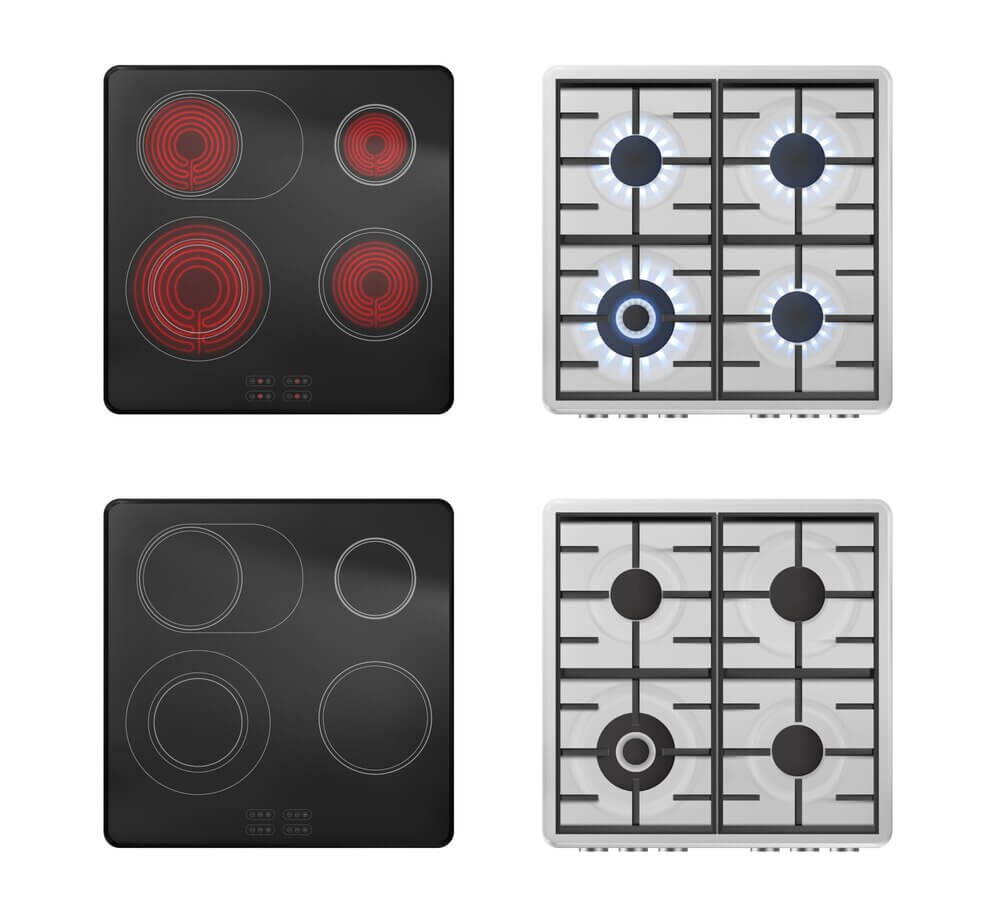
Welcome back to the gas range maintenance saga! Now that you’ve mastered the art of proper use and handling, it’s time to put on your detective hat and conduct some regular inspections. Uncover the mysteries your range might be hiding and ensure it’s always in top-notch shape.
Sniffing Out Gas Leaks: The Nose Knows
Gas leaks are the silent villains of the kitchen, but fear not – your nose can be your greatest ally.
- Recognizing the Signs of a Gas Leak:
- Q: What’s the first sign your gas range might be plotting something nefarious?
- A: A suspicious whiff of rotten eggs, signaling a gas leak.
- Familiarize yourself with the distinctive smell of natural gas – it’s a built-in safety feature.
- Conducting Periodic Inspections:
- Q: How often should you play Sherlock Holmes with your gas range?
- A: Regularly, Watson – at least once a month.
- Check for loose connections, damaged hoses, or anything out of the ordinary. Don’t let a tiny leak become a big problem.
Examining the Ignition System: Sparks and Pilots in Harmony
Your gas range’s ignition system is the maestro of the kitchen orchestra. Keep it tuned for flawless performances.
- Ensuring Proper Spark or Pilot Light Functionality:
- Q: Why is your gas range clicking like a hip-hop beat?
- A: It might be lonely – check if all burners are sparking.
- Confirm that all burners spark or pilot lights ignite promptly. If not, it’s time for a little troubleshooting.
- Replacing Faulty Components Promptly:
- Q: When should you call in the repair cavalry?
- A: The moment you notice irregularities – don’t wait for a full-blown breakdown.
- Spark ignition not working? Pilot light on vacation? Replace faulty components ASAP to keep the flames alive.
Examining the Gas Supply Line: Tightening the Belt
The gas supply line is the lifeline of your gas range. Keep it snug, secure, and leak-free.
- Ensuring Tight Connections:
- Q: What’s worse than a loose gas connection?
- A: A loose gas connection you’re not aware of.
- Regularly check and tighten all gas connections to prevent leaks and ensure a smooth flow of gas.
- Replacing Worn-Out Hoses:
- Q: When should you bid farewell to your gas hose?
- A: When it’s showing signs of wear and tear – don’t wait for a blowout.
- Cracks, brittleness, or visible damage? Replace that hose before it decides to retire mid-cooking.
In the grand theater of gas range maintenance, these inspections are your spotlight moments. Stay vigilant, and your range will thank you with impeccable performances. Next up, we’ll explore the world of upgrades and retrofitting – giving your kitchen hero a superhero makeover. Ready for the upgrade adventure? Let’s roll!
Upgrading and Retrofitting: Supercharging Your Gas Range
Welcome to the thrilling chapter of gas range maintenance – upgrading and retrofitting. Imagine giving your trusty kitchen sidekick a superhero makeover. Buckle up; we’re diving into the world of enhancements that can turn your gas range into a culinary superhero.
Replacing Outdated Components: Out with the Old, In with the New
Just like technology evolves, so does kitchen appliance wizardry. Upgrade those outdated components for a gas range that’s on the cutting edge.
- Upgrading to Modern Burners:
- Q: What’s the quickest way to turn your gas range into a speed demon?
- A: Swap those ancient burners for sleek, efficient models.
- Modern burners offer better heat distribution, energy efficiency, and often come with nifty features like simmer settings.
- Installing Energy-Efficient Features:
- Q: How can your gas range contribute to a greener planet?
- A: By embracing energy-efficient upgrades – it’s like giving Mother Earth a high-five.
- Look for features like automatic shut-off, timers, and improved insulation to make your range an eco-friendly powerhouse.
Retrofitting for Safety and Functionality: Adding Capes and Shields
Safety first, always. Retrofitting your gas range with safety features ensures a worry-free cooking experience.
- Adding Safety Valves or Shut-Off Features:
- Q: What’s your gas range’s emergency exit plan?
- A: A safety valve or shut-off feature that kicks in when things get too heated.
- Retrofitting your range with safety mechanisms adds an extra layer of protection against potential disasters.
- Upgrading Electronic Ignition Systems:
- Q: Why should you bid farewell to manual pilot lights?
- A: Electronic ignition systems are like the fast track to culinary enlightenment.
- Modernize your range by upgrading to electronic ignition systems. They save energy, enhance safety, and eliminate the hassle of manual lighting.
In the kitchen arms race, upgrading and retrofitting are your secret weapons. Transform your gas range into a state-of-the-art powerhouse that not only cooks your meals but does it with style and efficiency. Ready for the next level of culinary excellence? Strap in as we delve into the realm of professional maintenance in our next installment. Spoiler alert: it involves calling in the experts for a kitchen spa day. Intrigued? Let’s keep this maintenance party rolling!
Reinforcing the Importance of Proactive Care
In the culinary theater of your kitchen, the gas range takes center stage. By investing time and effort in its maintenance, you not only ensure a seamless cooking experience but also extend the lifespan of this invaluable appliance. Imagine the satisfaction of effortlessly preparing meals, knowing your gas range is a well-tuned instrument ready for any culinary symphony.
Proactive care is the secret ingredient. It’s not just about fixing what’s broken; it’s about preventing issues before they arise. So, keep those burners gleaming, be vigilant for any signs of trouble, and schedule those professional checkups. Your gas range will repay you with years of dependable service and delicious creations.
As we close the curtain on this gas range maintenance guide, take a bow for becoming a true maestro in the art of kitchen appliance care. Your gas range applauds you, and your future culinary endeavors thank you. Until the next encore – happy cooking!
Gas Range Maintenance FAQ
Q1: How often should I clean my gas range burners and grates?
A: Aim to clean your burners and grates at least once a month, or more frequently if you notice food debris or grease buildup. Regular cleaning prevents performance issues and ensures efficient cooking.
Q2: What’s the best way to clean the oven interior?
A: Wipe spills promptly to prevent stubborn stains. For deeper cleaning, create a paste of baking soda and water, apply it to the stains, and let it sit before scrubbing. Perform a deep clean every few months to maintain a sparkling oven interior.
Q3: Can I use any cookware on a gas range?
A: While gas ranges are versatile, it’s best to use cookware with materials that distribute heat evenly, such as cast iron or stainless steel. Avoid oversized or inappropriate materials to ensure efficient cooking.
Q4: How do I detect a gas leak in my kitchen?
A: Natural gas has a distinctive odor, often described as similar to rotten eggs. If you detect this smell, it’s crucial to evacuate the area immediately and contact your gas provider. Regularly inspect gas connections for any signs of leaks.
Q5: When should I consider upgrading my gas range burners?
A: Consider upgrading to modern burners when you notice uneven heat distribution, inefficient performance, or if you’re looking for enhanced features like simmer settings. Modern burners offer improved efficiency and cooking precision.
Q6: Is it necessary to hire a professional for gas range maintenance?
A: Yes, professional maintenance is essential. Schedule regular inspections to identify potential issues early on, and hire qualified technicians for repairs. Professional care extends the overall lifespan of your gas range and ensures safety compliance.
Q7: How often should I replace the filters in my vent hood?
A: Replace or clean vent hood filters every 3 to 6 months, depending on usage. Dirty filters reduce efficiency, leading to poor ventilation. Regular maintenance keeps your kitchen air clean and odor-free.
Q8: Can I retrofit my gas range for added safety features?
A: Yes, retrofitting can enhance safety. Consider adding safety valves or shut-off features to prevent accidents. Upgrading to electronic ignition systems also contributes to safety and efficiency.
Q9: What’s the benefit of scheduling regular professional inspections?
A: Regular professional inspections help identify potential issues before they escalate, ensuring your gas range operates efficiently and meets safety standards. It’s a proactive approach to gas range care, preventing costly repairs.
Q10: How can I extend the overall lifespan of my gas range?
A: Regular cleaning, proper use, timely inspections, and professional maintenance are key factors in extending your gas range’s lifespan. Upgrading outdated components and retrofitting for safety also contribute to longevity.



